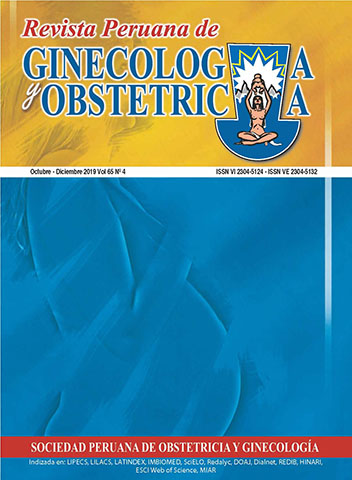History of fetal surgery
DOI:
https://doi.org/10.31403/rpgo.v65i2208Abstract
The first fetal procedures considered as surgical interventions were performed by Liley in 1961, and consisted in whole blood transfusions to fetuses with anemia due to Rh isoimmunization. In 1974, the first diagnostic fetoscopy was performed at the University of Yale, USA. In a historic milestone in 1981, Harrison performed the first drainage in a case of fetal megacystis caused by urethral valve at the University of California. Using ultrasound guidance, he placed a catheter from the bladder to the amniotic cavity. Thus, he is recognized as the "father of fetal surgery". In 1982, fetal surgery specialists from five countries led by Harrison published the first rules governing this new field of medicine. Later, European collaborative groups reviewed the applications of fetal surgery, and ethical and safety standards to be prioritized in centers offering these techniques. In 2011, American academic and ethics institutions reaffirmed the acclaimed principles, which high quality new centers in fetal surgery should be based on. In 2015, rules for technological innovation and research in this field were established, highlighting the need to create ethics committees. In 2017, experts convened by American academic organizations issued opinion on the global context of fetal surgery, ethical implications, infrastructure and technology deployment, collaborative research, and comprehensive team training. They emphasized the need to create specialized committees in these centers. According to current reports, the development of fetal surgery in Latin America is intermediate. The first cases of prenatal surgery have been published in Peru.Downloads
Download data is not yet available.
Downloads
Published
2019-10-02
How to Cite
Huamán Guerrero, M. (2019). History of fetal surgery. The Peruvian Journal of Gynecology and Obstetrics, 65(4), 479–485. https://doi.org/10.31403/rpgo.v65i2208
Issue
Section
Historia
















